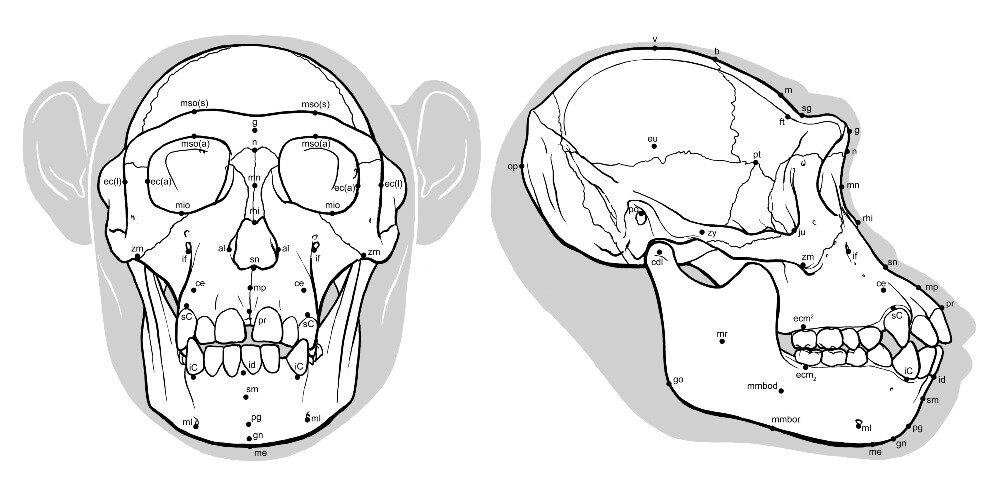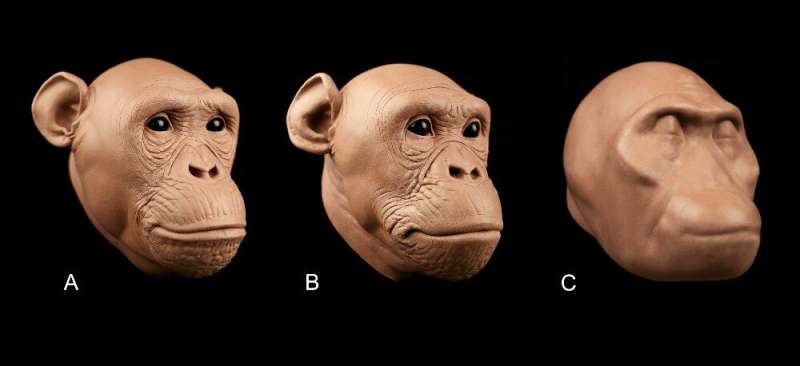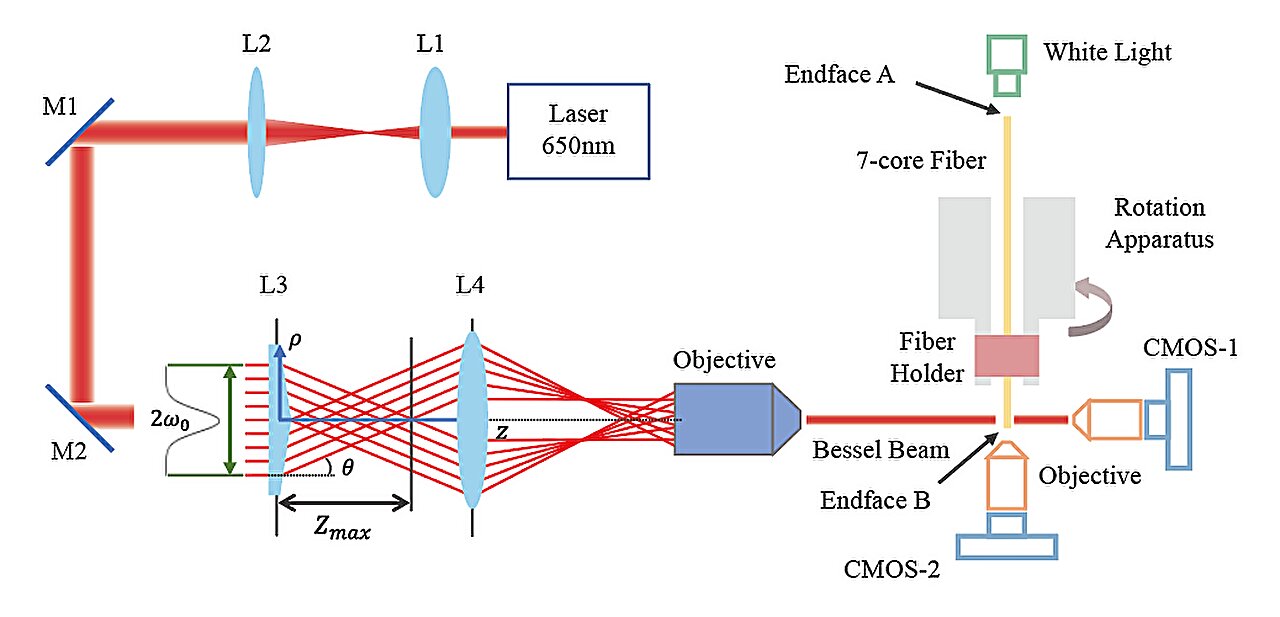#Soft tissue measurements critical to hominid reconstruction

“#Soft tissue measurements critical to hominid reconstruction”

Accurate soft tissue measurements are critical when making reconstructions of human ancestors, a new study from the University of Adelaide and Arizona State University has found.
“Reconstructing extinct members of the Hominidae, or hominids, including their facial soft tissue, has become increasingly popular with many approximations of their faces presented in museum exhibitions, popular science publications and at conference presentations worldwide,” said lead author Ph.D. student Ryan M. Campbell from the University of Adelaide.
“It is essential that accurate facial soft tissue thickness measurements are used when reconstructing the faces of hominids to reduce the variability exhibited in reconstructions of the same individuals.”
Hominids have been readily accepted to line the halls of even the most trusted institutions. They are predominantly used for disseminating scientific information to the public in museum displays and students in university courses, which will influence the way humanity is perceived and defined more generally.
“Up until now soft tissue reconstruction has been based on mean tissue depth measurements which does not take into account variation in tissue depths between individuals,” says Mr Campbell.
In this study, published in the journal PLOS ONE, the authors have formulated a facial soft tissue thickness dataset for adult chimpanzees, and a set of regression equations that can be used to reconstruct the soft tissues for ancient hominids, such as those dated from 4.0 to 1.2 million years ago.

The study was co-authored by Gabriel Vinas, a Master of Fine Arts candidate at Arizona State University who handles the sculpting in the lab.
“Correlations have been found and multiple regression models have been used to generate equations for improving estimations of soft tissue thickness from craniometrics in modern humans,” he said.
“We looked at tissue depths in present day chimpanzees to identify correlations in skin and bone.”
This article represents the first time that such a collection of tissue depth data has been collected and presented for chimpanzees in a systematic manner.
“The soft tissue thickness data for chimpanzees are freely available for anyone to download on Figshare.
“The equations, which resulted directly from this research, are also included and can be implemented in future practitioners’ reconstructions,” said Mr Campbell.
“This research is invaluable for future efforts reconstructing ancient hominids, as well as for comparative studies within and outside the discipline of biological/physical anthropology.”
Citation:
Soft tissue measurements critical to hominid reconstruction (2021, June 4)
retrieved 4 June 2021
from https://phys.org/news/2021-06-soft-tissue-critical-hominid-reconstruction.html
This document is subject to copyright. Apart from any fair dealing for the purpose of private study or research, no
part may be reproduced without the written permission. The content is provided for information purposes only.
If you liked the article, do not forget to share it with your friends. Follow us on Google News too, click on the star and choose us from your favorites.
For forums sites go to Forum.BuradaBiliyorum.Com
If you want to read more Like this articles, you can visit our Science category.


